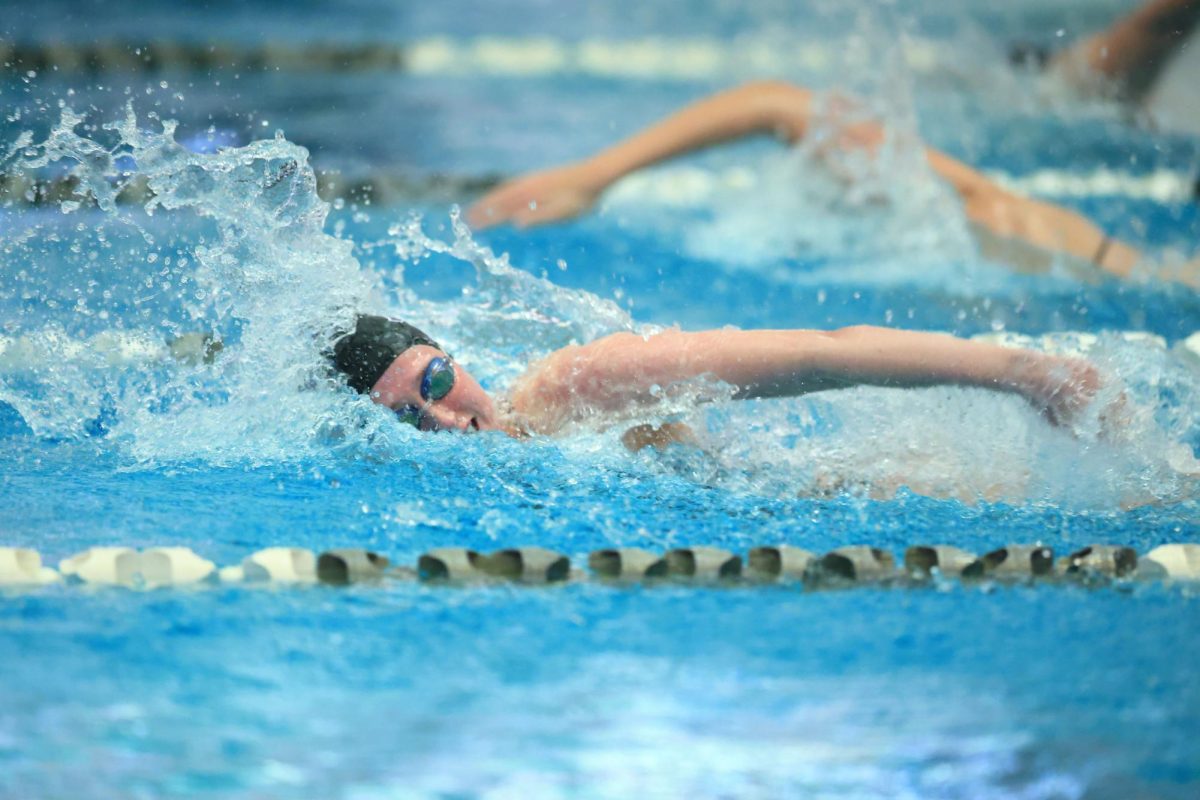Living in one of the busiest cities in the world, convenience is key. NYU students are accustomed to speed-walking through Washington Square Park and opening Grubhub between classes to schedule their next pickup. But the university’s student-athletes take busy schedules and time management to a whole new level — especially when it comes to food.
Although NYU offers a few pieces of general dietary advice to their 551 Division-III student-athletes — like eating six to seven meals a day — proper athlete nutrition is sport-specific. Intensity varies largely, from endurance sports like soccer to strength sports like wrestling. Plus, for any individual, athlete or not, eating habits are influenced by a number of factors, including personal preferences, body type and activity level.
“The word ‘meal’ is not this interchangeable word that can be used in place of ‘frequency of eating,’” said Ethan Balk, a clinical professor at NYU’s Department of Nutrition and Food Studies.
Balk doesn’t recommend eating six to seven meals a day for most athletes — he thinks the university’s guidelines would be more realistic if they included both meals and smaller snacks. Student-athletes generally need to consume more food than the average college student to keep up with their high activity level. Especially since food in New York City is notoriously expensive — and college life doesn’t always allow for much free time — maintaining nutritional needs as a student-athlete is no easy feat.
“Different levels of training require different macronutrient intake,” Balk said. “There are major differences between access to nutrition for D-I athletes versus D-III athletes.”
The University of Alabama, a D-I school, has its own Athletics Dining Facility — a two-story building with 10 food stations and a private space for nutritional workshops designed specifically for student-athletes.
But women’s soccer team captain and CAS senior Rachel Kim, who doesn’t use a meal plan, often finds herself running around the city looking for a quick bite in between practice at Pier 40 at Hudson River Park and classes on campus. Still, she tries to start her days off right by eating a protein-forward breakfast that keeps her full in the morning.
“I wouldn’t say anything that I do is ideal,” Kim said. “What gets lost throughout the day is a real lunch. Typically, I’m just picking stuff up [at] a bodega or grocery store and grabbing a few things.”
Balk still remains optimistic for student-athletes at NYU, particularly because of the opportunity to learn and develop their own healthy eating practices.
“I would almost wager that D-III athletes probably have a more in-depth nutrition knowledge because they have less access and have to do it themselves,” he said.
LS first-year and swimmer Aryan Kapoor prioritizes flexibility when it comes to nutrition. Kapoor is currently on NYU’s 225 Flex meal plan, the default for all first-year students, and appreciates the convenience and breadth of options at dining halls.
“As a swimmer who needs to eat a lot of food, I think the all-you-can-eat dining halls, like Third North and Downstein, do a pretty good job of giving us decent-tasting meals,” Kapoor said. “It’s about finding time, working around it and making sure you’re not missing a meal. That’s one of the first things you notice in the pool or the weight room — if you’re not sufficiently fueled.”
For a typical dinner, Kapoor tries to eat unprocessed meat, such as a piece of grilled chicken breast, along with rice or potatoes and a hearty serving of vegetables. But like many student-athletes, his biggest constraint is time. Especially on days with practice in the morning and evening, remembering to squeeze in a meal or quick snack can be difficult.
Still, meal habits can vary widely by sport — while some student-athletes eat at the same frequency as non-athletes, SPS graduate student and wrestling team captain Trent Furman, for example, cooks and eats about five meals a day.
“The biggest tool that I use is a rice cooker,” said Furman, who competes in the 184-pound weight class.
Furman prefers to weigh out his meal portions when meal-prepping to make sure he stays within the range of his weight class. While some wrestlers try to cut weight by drinking less water and eating less in the days leading up to a match, he would rather maintain a more moderate diet to keep his weight relatively constant. Furman eats a lot of eggs, which are high in the body-regulating nutrient choline, along with lots of carrots and broccoli.
“I eat the same things regardless of whether I’m in season,” he said. “Each macronutrient has its place in the body. Whether the ratio is a little different, that’s subjective, but as a whole, you shouldn’t be limiting any of them.”
While athletes like Kim and Furman don’t have meal plans, those who do might find themselves running out of meal swipes towards the end of the semester.
“Swimmers do run into the issue [of] using a lot of swipes, like three or four in a day, or even three to four times in a dinner,” Kapoor said.
NYU Athletics does provide additional nutritional resources for its athletes — each athlete is provided $70 of Campus Cash per semester, and some teams have their own dietitians — but the effects seem to remain limited. According to Kapoor, NYU’s swimming team has only been required to attend one group meeting with the team’s dietitian this semester.
Kim recently noticed the addition of free protein shakes and electrolyte drinks to the weight room and hopes that the university will continue implementing similar services for athletes.
“With NYU, it sometimes feels like there are a lot of resources, but I don’t know if people actually use [them],” Kim said. “So if it’s not directly in front of our face, sometimes things go underutilized.”
Contact Lauren Ng at [email protected].
























































































































































